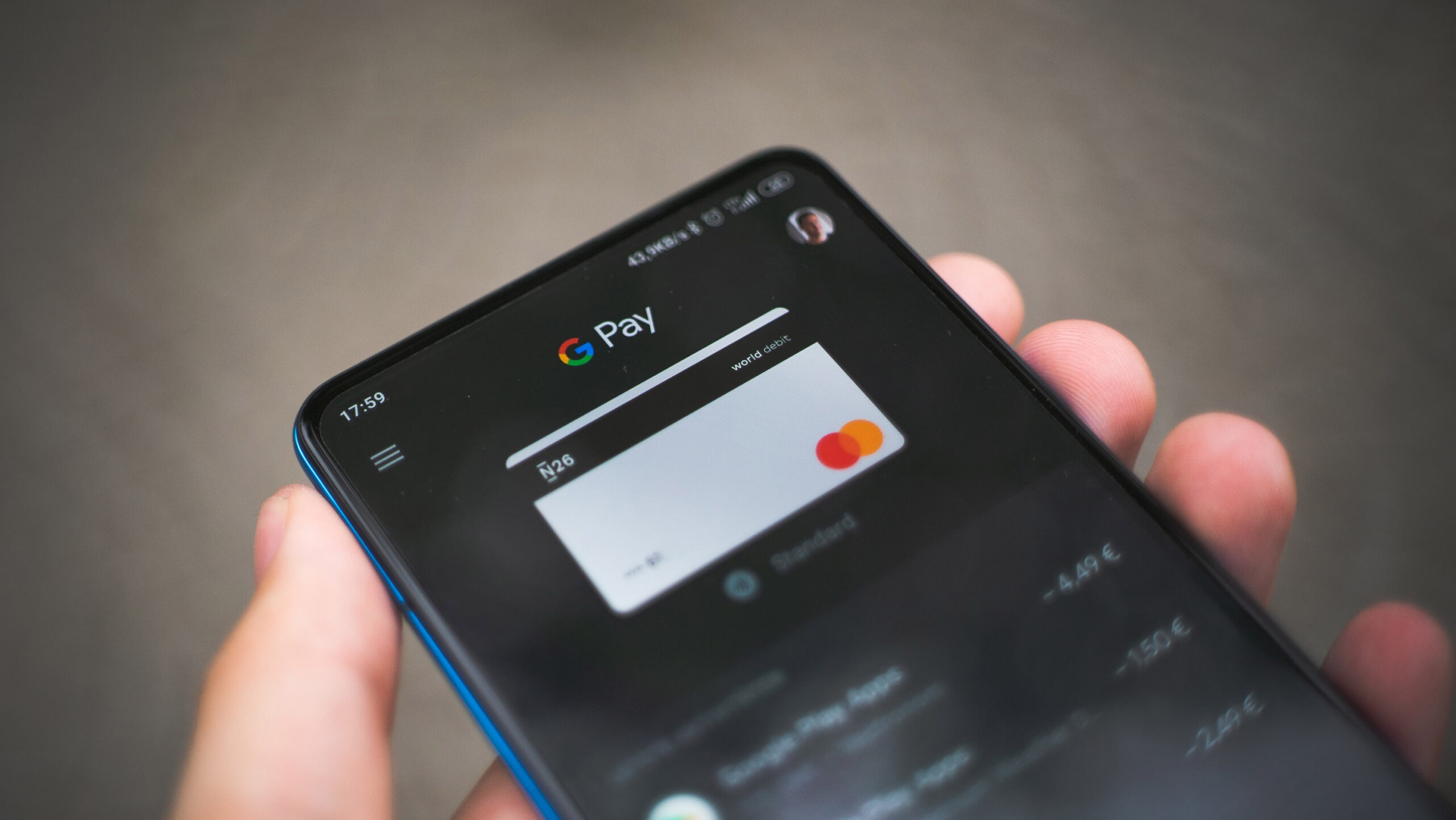Intro
The tech industry is often asked about what more can be done to make systems safer and easier to use? Especially in the times of a pandemic, such as COVID-19 and . . . any future ones.
Data scientists are focused on analyzing the statistics and predictions of the spread of infections as they help with drug discovery.
→ Explore Data science perspective on Covid-19: a real life example
Blockchain experts help to deliver new digital experiences for patient screening and testing.
UX experts are focused on something different: how to make interactions with digital devices safer than they are today. One of the ways is to enable contactless user interactions with digital systems.
Why contactless is the future
The germaphobes used to clean the surfaces of their devices with antibacterial wipes and liquids to maintain their safety. It seemed so exaggerated . . . until recently.
The surface of the smartphone is one of the most biologically dirty surfaces you touch every day.
But what is or isn’t acceptable with our personal devices becomes a massive threat to people when they touch public surfaces. In public areas, shared touchscreens and physical buttons are no longer a matter of personal preference or sensitivity, but a matter of health for entire societies.
Someone may argue, we just need to wash our hands frequently, but we all know there are many situations where it’s impossible to do so and relying on a personal disinfectant is not the most secure option either.
But what about experiences when we don’t have to touch anything?
Examples. Facing the tech
Smartphone as a super remote control
I think most of us have experienced a new connected device and app to download on our mobile phones to control it.
My personal examples are an amplituner controlled over wifi, a TV controlled via smartphone, and opening doors.
But wait? It’s not touchless! You still touch the screen. Yes, but it’s your personal screen, so it’s definitely much safer than touching a surface which has been touched by hundreds of people the same day.
Smartphones as super remote controls are probably the most popular contactless solution, but not the only one.

Payments
This is where contactless experiences really shine. Just unlock your phone with your face, bring the phone close to the payment terminal and that’s it.
Many people don’t think about how much safer it is to do this than paying with cash or a traditional card. Now there’s a sort of awakening for many of us as it’s not just more convenient but safer for everyone.
Of course, the Android experience may be ruined by the need to enter a PIN on the keyboard of the terminal, but in the case of Apple Pay the experience is really smooth and truly contactless.
Airports
Yes, of course, boarding passes are already contactless. Just scan the QR code and the gate opens.
Recently, people started to be able to scan their passports and because of the face recognition process we are automatically verified and let in.
Doors
Opening doors with smartphones is very possible today and is being used more and more frequently.
Another method is opening the doors automatically with face recognition or digital cards that connect wirelessly as an authentication mechanism.
Garages can be opened automatically using automatic license plate and car recognition software, with special chips placed inside the car communicating wirelessly with the car, or also with a smartphone.
Buildings
Opening and closing shades, changing the temperature settings, etc. in our apartments and houses no longer requires manual knobs and dreaded touch experiences.
It’s especially important in shared spaces like rented meeting and coworking spaces, especially today when social distancing is becoming a part of our lives.
Elevators
Elevators can react to our voice recognizing the command to go to floor number seven, etc. or they can also be controlled with a smartphone or an intelligent card which acts as a key.
The combination of a digital card and a touch screen used to select the floor is of course destroying the contactless experience.
Touchless screens (kiosks, payment, etc.)
Here’s a thought, but what about selecting options on the screen without touching it?
We can do it using voice, for instance, by saying which option we choose or even better by selecting it with gestures, using our bodies (hands especially) as input devices. Modern solutions recognize where our hands are and how our fingers move.
We virtually tap into the air above the screen and smart cameras or sensors on top of the screen capture this movement, then the AI-based system recognizes our intentions and performs the action.
The most difficult part of it for the beginners is to refrain from touching the screen and stopping the fingers a few centimeters away from the surface. In some systems there are visual and audible warnings to let the user know they are about to touch the screen.
There’s even haptic feedback. What? Haptic feedback is usually a vibration of the phone or the screen. In case of contactless experiences it is visual and/or audio feedback.
The advantage of this approach is the easiest migration path from touch experiences to touchless experiences.
Remove physical media once and for all
Why do we even need physical items such as tickets, invoices, pharmacy recipes, etc? They all can, are and will be (depending on where you live) replaced by digital equivalents. It’s safer and more environmentally friendly.
Parking tickets
To pay for parking in many cities no longer requires going to the parking meter, paying with cash or a card and putting a paper receipt on the car windshield.
Modern experiences use smartphones and automatic license plate recognition to verify if the parking was paid for or not.
Digital cities
Digital cities are modern tech-driven cities where nearly everything can be done digitally. Let’s hope it also includes contactless interactions and the people involved in designing user/citizen experiences will also focus on their safety.
Picking up packages
The popularity of parcel lockers, because of their convenience, has made designers think about the improved safety of client interactions.
Now, many parcel lockers can be opened not with the usual code typed on a physical (ouch!) keyboard but by simply scanning the QR code with the screen of your smartphone. They open automatically, and the last mile is that they close automatically as well (at least in my experience).
AR
AR is another hope for touchless interactions. Interacting with your eyeballs (looking at the different parts of the image) and your hands (famous pinch gesture) to select objects and options without touching anything.
The only “problem” is that you probably don’t wear AR glasses right now, me either.
An AR experience can, fortunately, be delivered via a smartphone which then acts as a window to the augmented word. So, AR can definitely help in this area.
Digital signatures
Obviously, but so far down this list, many experiences requiring touch can be avoided by signing and verifying documents currently with the classical digital signature. There are simplified ways to do so that are less secure, but still acceptable to digitally confirm the extensions of the contracts, sending it via email or an electronic online form.
And again, it is also environmentally friendly.
Future? The time of contactless experience is now
The future depends on all of us. There’s no shortage of ideas, technologies and creativity from device manufacturers, UX designers and software developers.
Safer contactless customer experiences are a very wide topic, from pure digitalization of services and product purchases from the safety of your home, to changing the way we interact with public screens.
So first of all, it’s recommended that we try to avoid screen-based interaction completely with automation (like automatic payments based on licence plate) but when we have to do it (kiosks), touchless user interface is the key for safety.
Contactless customer experiences are making our lives safer and will continue to do so. The adoption pace depends on all of us as consumers. If we put pressure on our governments, service providers, cities, and building owners the future will be even brighter for this kind of safe user experience.
Our UX and software delivery teams are open to helping you make important steps towards a safer digital future.











